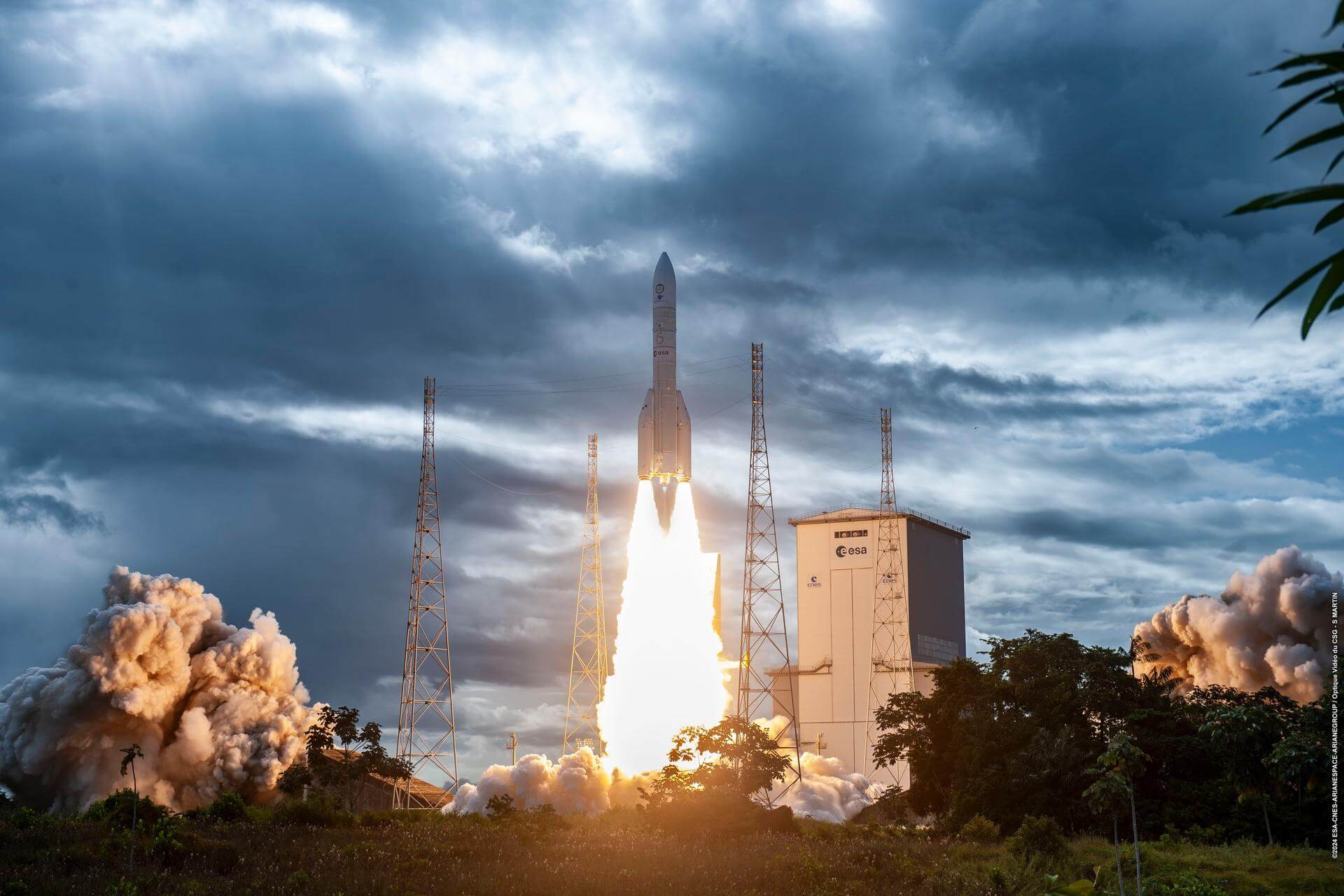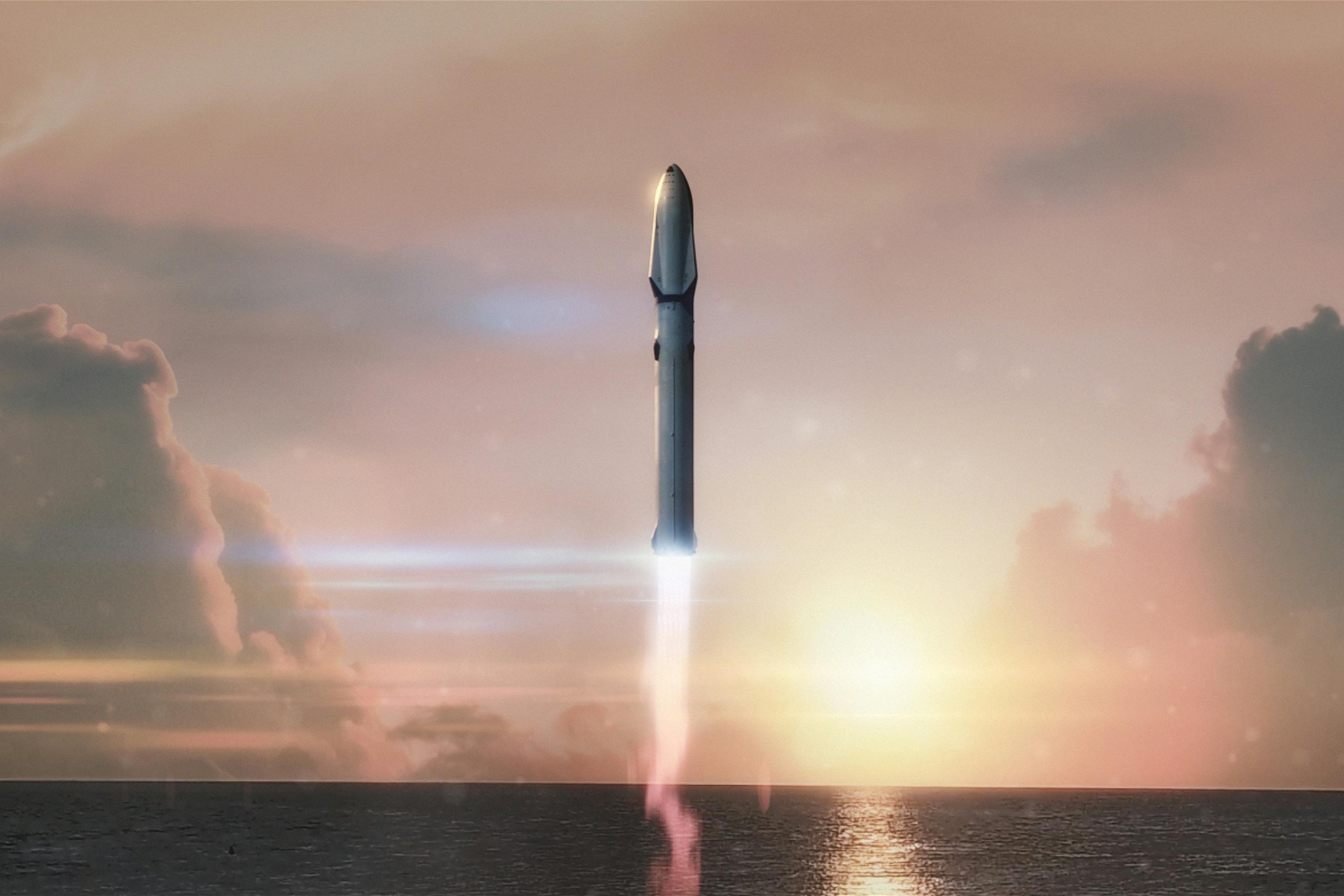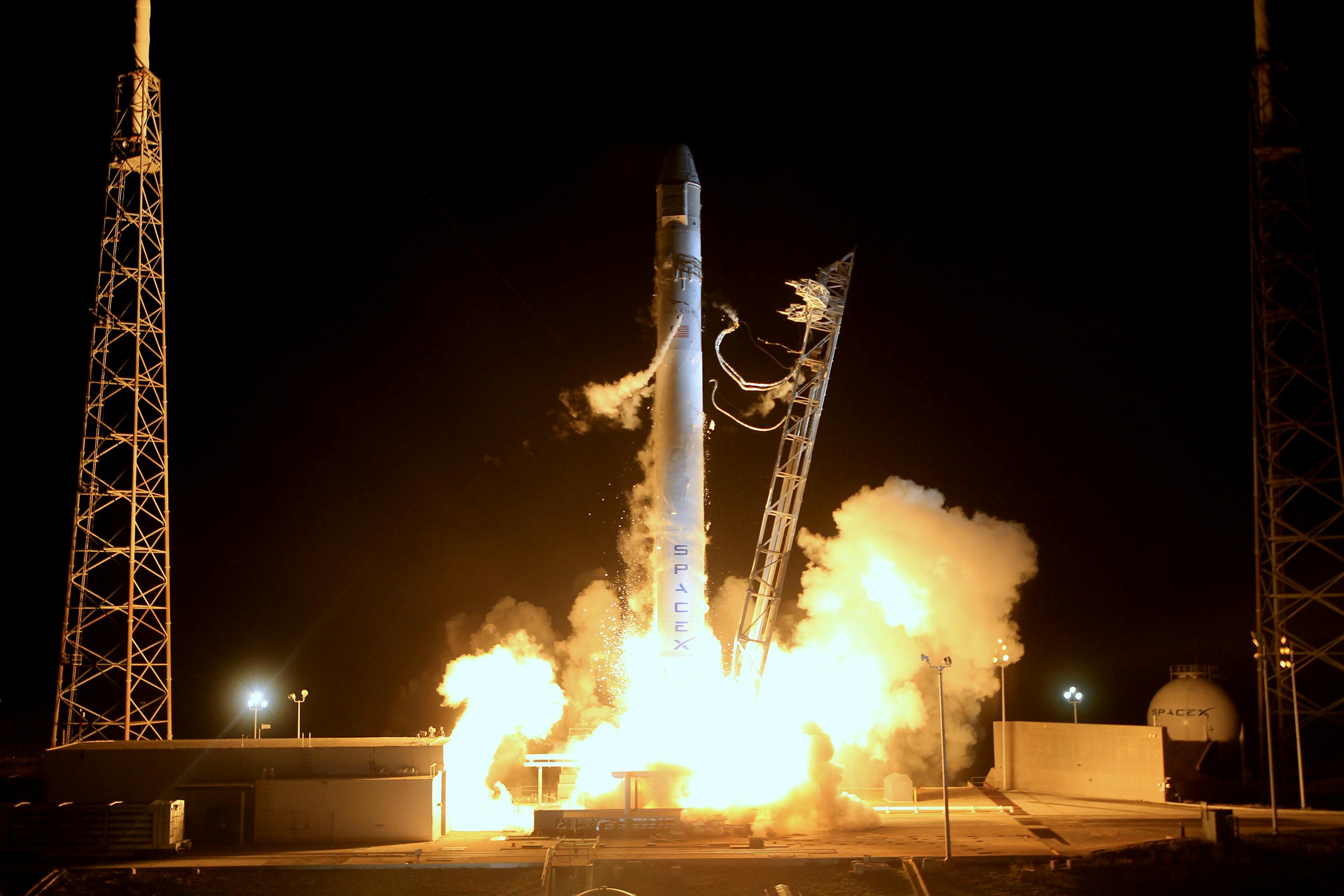· space brief · 5 min read
Space Brief 27 Jan 2025
Highlights include US military astronaut rescue drills, China's commercial involvement in lunar missions, ESA's budget proposals, global opposition to space advertising, and NASA lunar landers.

📄Top Stories
Today’s space news covers diverse topics including the US military’s preparations for astronaut rescue, China’s groundbreaking commercial collaboration in its lunar missions, European Space Agency’s budgetary aspirations, the controversy over potential space advertising, and NASA’s commercial lunar payload services.
📰Detailed Coverage
US Military Prepares for Astronaut Recovery
In a recent demonstration, the US military conducted a training exercise off Florida’s coast aiming to enhance its capabilities in rescuing astronauts from the sea. This drill involved a joint task force practicing intricate recovery operations to ensure preparedness for potential spaceflight emergencies.
The exercise reflects the strategic importance of astronaut safety and interagency cooperation, bolstering confidence in human spaceflight missions. While focused on rescue, the initiative underscores the coordination required between military and space agencies, essential for safely integrating space operations with Earth-based contingencies.
Read the full story: Space.com
China Embraces Commercial Participation in Moon Mission
China has taken a historic step by allowing commercial space companies to be part of its lunar exploration missions, notably involving the Chang’e-8 moon mission. This collaboration marks the first of its kind in China’s space program, signaling a potential shift towards increased openness and partnership in space endeavors.
This move is anticipated to accelerate technological advancements and reduce costs, aligning with a global trend of commercialization in space exploration. The initiative might impact how the rest of the world, including satellite tracking and lunar exploration technology, perceives China’s role in promoting broader industry participation.
Read the full story: SpaceNews
ESA Seeks Modest Boost to Science Budget
The European Space Agency (ESA) is pursuing a modest increase in its science budget at the upcoming ministerial meeting. The agency aims to support ongoing and future missions, maintaining its momentum in space research and exploration with this financial infusion.
This budgetary enhancement is crucial for fostering scientific breakthroughs while ensuring continued development of innovative technologies in the satellite and orbital observation fields. The additional funding will help sustain ESA’s leadership in crux missions pertinent to both European space ambition and global scientific inquiry.
Read the full story: SpaceNews
Astronomers Call for a Global Ban on Space Advertising
Increasingly concerned about the interference with night sky observations, astronomers are advocating for a global prohibition on space advertising visible from Earth. They argue such activities could hinder astronomical research by adding unwanted light pollution to the night sky.
This call underscores a broader debate regarding the commercialization of space and its implications for scientific and public interests. The initiative has significant tracking implications, as space advertising could complicate efforts to monitor and catalog the myriad objects in orbit.
Read the full story: SpaceNews
JWST Faces Potential Budget Cuts
Despite its impressive scientific achievements, the James Webb Space Telescope (JWST) is confronting a potential reduction in its operational budget. This development raises concerns about sustaining the telescope’s groundbreaking research capabilities, which have redefined our understanding of the cosmos.
The budgetary constraints are part of broader fiscal pressures affecting multiple aerospace projects. Continued support for the JWST is critical to maintaining its contributions to space science and the resolution of fundamental questions about our universe.
Read the full story: SpaceNews
NASA’s CLPS Program Moves Forward
NASA’s Commercial Lunar Payload Services (CLPS) program is picking up speed with two landers set for lunar deployment. As part of the Artemis program, this initiative underscores the importance of commercial partnerships in extending human presence on the Moon and beyond.
These lunar landers will facilitate a wide range of scientific experiments, emphasizing the growing role of the private sector in expanding access to lunar exploration. This development parallels the broader trend of increased commercial involvement in space missions, crucial for real-time satellite tracking and data integration.
Read the full story: NASASpaceFlight
🛰️Satellite Spotlight
- Satellite Name: COSMOS 1698
- NORAD ID: 16183
- Launch Date: 1985-10-22
- Mission: Early warning
- Orbit: Inclination: 71.2442, Period: 716.98 minutes, Eccentricity: High
- Operator: PVO
- Fun Fact: COSMOS 1698 was part of the Soviet Union’s Oko satellite series designed for missile early warning, highlighting its crucial role during the Cold War era.
Current TLE Data:
1 16183U 85098A 25021.33657463 -.00000002 00000+0 00000+0 0 9997
2 16183 71.2442 126.0907 5394048 3.7670 5.1664 2.00840789287470Track this satellite in real-time on our web app: Track COSMOS 1698
🚀Upcoming Space Launches
January 27
- SpaceX Falcon 9:
- Starlink Group 12-7 from Cape Canaveral SFS, FL, USA (20:22 UTC) A batch of 21 satellites for the Starlink mega-constellation - SpaceX’s project for space-based Internet communication system.
January 28
- Blue Origin New Shepard:
- NS-29 from Corn Ranch, Van Horn, TX, USA (16:00 UTC) NS-29 will simulate the Moon’s gravity and fly 30 payloads, focusing on testing lunar-related technologies.
January 29
- Indian Space Research Organization GSLV Mk II:
- IRNSS-1K (NVS-02) from Satish Dhawan Space Centre, India (00:53 UTC) A replacement satellite for the Indian Regional Navigation Satellite System, providing an alternative to GPS for military and civilian use.
January 30
- SpaceX Falcon 9:
- SpainSat NG I from Kennedy Space Center, FL, USA (01:34 UTC) First of two new-generation satellites providing secure communications to the Spanish government and international organizations.
- SpaceX Falcon 9:
- Starlink Group 12-3 from Cape Canaveral SFS, FL, USA (10:44 UTC) A batch of satellites for the Starlink mega-constellation - SpaceX’s project for space-based Internet communication system.
January 31
- SpaceX Falcon 9:
- Starlink Group 11-4 from Vandenberg SFB, CA, USA (23:32 UTC) A batch of satellites for the Starlink mega-constellation - SpaceX’s project for space-based Internet communication system.
February 1
- Mitsubishi Heavy Industries H3-22:
- Michibiki 6 (QZS-6) from Tanegashima Space Center, Japan (08:30 UTC) A satellite for the Japanese QZSS navigation system, providing GPS-interoperable signals, enhancing navigation in urban and mountainous areas.
February 3
- Rocket Lab Electron:
- IoT 4 You and Me (Kinéis 16-20) from Rocket Lab Launch Complex 1, Mahia Peninsula, New Zealand (20:43 UTC) Fourth batch of five satellites for the French Kinéis IoT constellation designed to operate with 25 nanosatellites.
February 11
- China Aerospace Science and Technology Corporation Long March 8A:
- Demo Flight from Wenchang Space Launch Site, People’s Republic of China (09:53 UTC) Demonstration flight with upgraded rocket stages and engines, payload is TBD.
February 25
- Arianespace Ariane 62:
- CSO-3 from Guiana Space Centre, French Guiana (00:00 UTC) Third of three new-generation high-resolution optical imaging satellites for the French military, replacing the Helios 2 series.
Note: Launch dates and times are subject to change due to technical or weather considerations.

Maurice Stellarski





